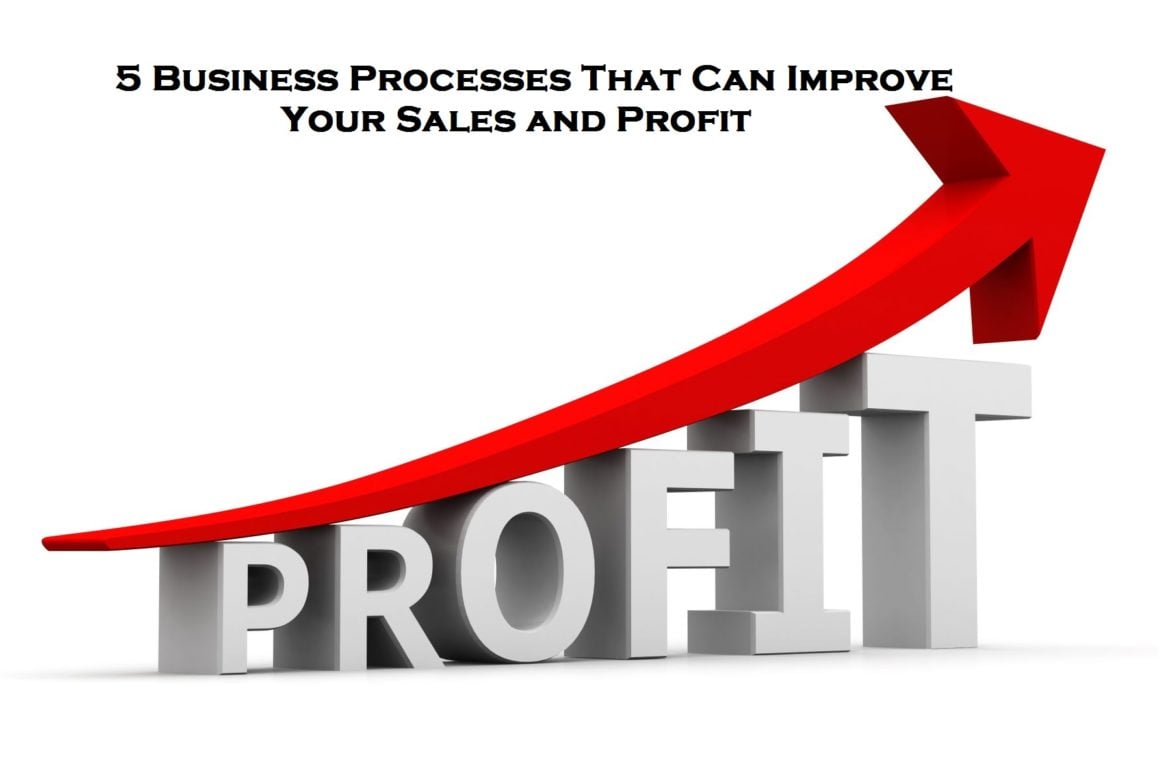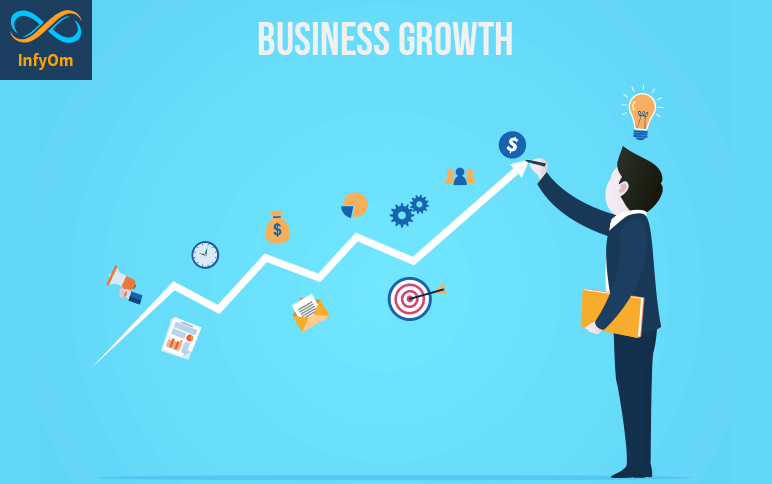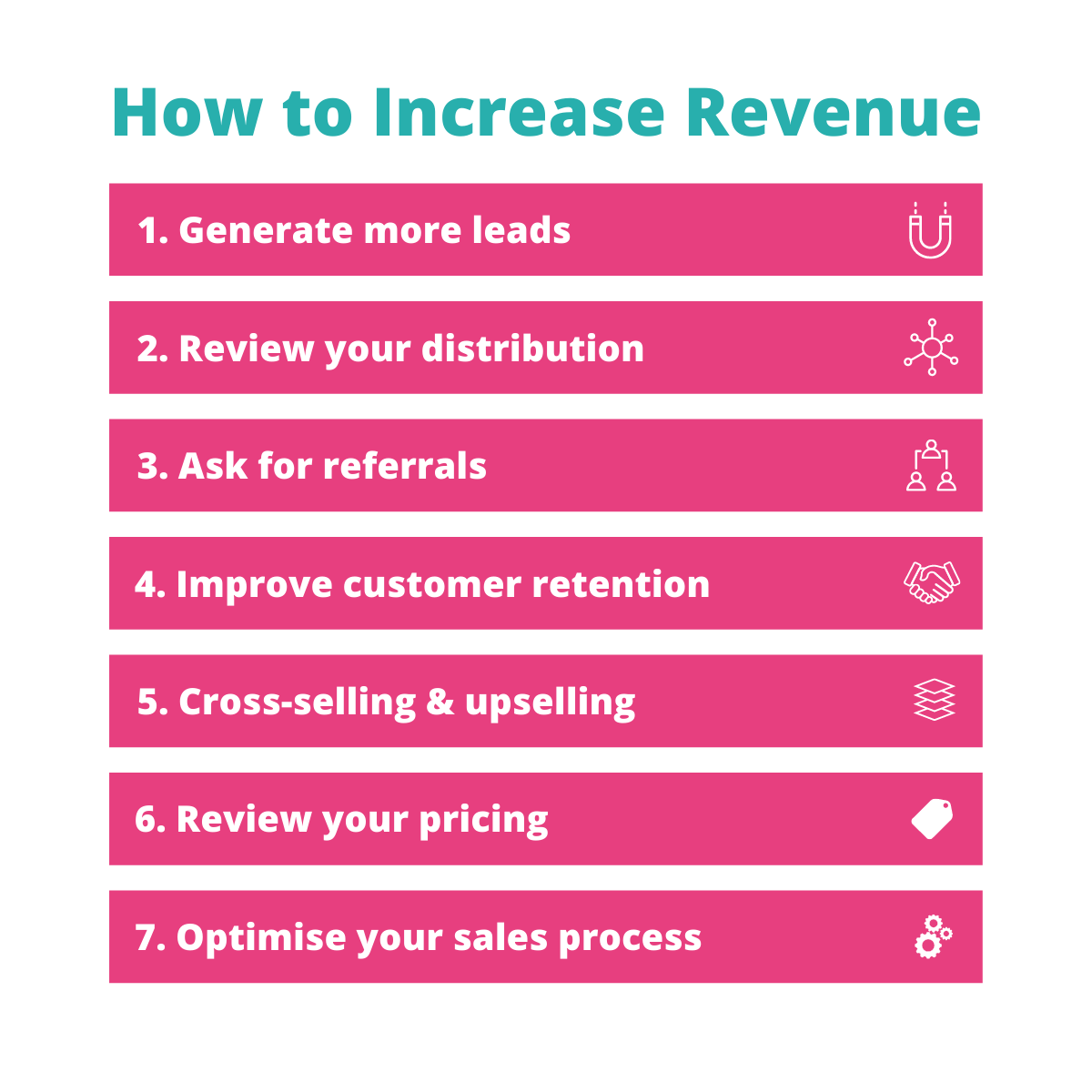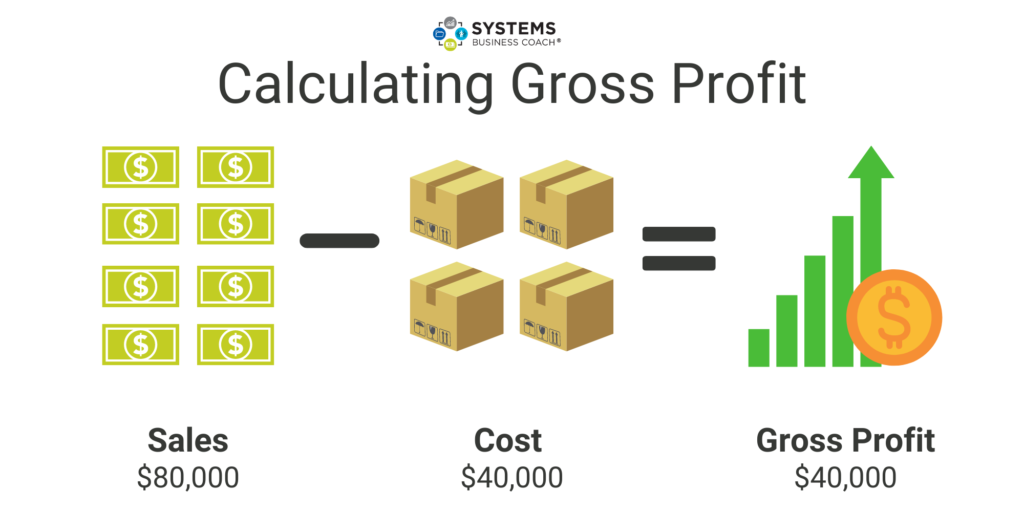How To Get More Profit In Business

In today's dynamic business environment, maximizing profit is a constant pursuit for companies of all sizes. While there's no single magic formula, a combination of strategic adjustments and operational efficiencies can significantly improve a company's bottom line.
This article explores actionable strategies, drawing on expert insights and industry data, to help businesses boost their profitability in a sustainable manner.
Understanding the Profit Equation
Profit, at its core, is the difference between revenue and expenses. Increasing revenue while simultaneously controlling costs is the key to enhanced profitability. However, the specific methods to achieve this vary greatly depending on the industry, business model, and market conditions.
Boosting Revenue Streams
Identifying and cultivating new revenue streams is crucial for growth. Market research plays a pivotal role here, allowing businesses to understand evolving consumer needs and emerging market opportunities.
Expanding into new geographic markets or launching complementary products/services can significantly increase revenue potential. Another important area is digital marketing.
Effective digital marketing, including search engine optimization (SEO), social media marketing, and targeted advertising, can drive traffic, generate leads, and ultimately increase sales.
Optimizing Pricing Strategies
Pricing is a delicate balance. Setting prices too high can deter customers, while setting them too low can erode profit margins.
Competitive analysis, value-based pricing, and dynamic pricing models are all strategies worth considering. Regularly reviewing pricing structures and making adjustments based on market feedback and cost changes is essential.
Cost Management and Efficiency
While increasing revenue is important, controlling costs is equally vital for profitability. Reducing unnecessary expenses and improving operational efficiency can have a significant impact on the bottom line.
Streamlining Operations
Identifying bottlenecks and inefficiencies in business processes is critical. Implementing lean manufacturing principles or adopting automation technologies can streamline operations and reduce labor costs.
Supply chain optimization is another area where businesses can achieve significant cost savings. Negotiating better terms with suppliers and improving inventory management can reduce procurement costs and minimize waste.
Investing in Technology
Technology can be a powerful tool for improving efficiency and reducing costs. Cloud computing, for example, can reduce IT infrastructure costs and improve scalability.
Customer relationship management (CRM) systems can help businesses manage customer interactions, improve sales efficiency, and enhance customer loyalty.
Data analytics tools can provide valuable insights into business performance, allowing businesses to identify areas for improvement and make data-driven decisions.
The Human Factor
While technology and efficient processes are essential, the human element cannot be overlooked. A motivated and engaged workforce is a critical asset for any business.
Investing in employee training and development, fostering a positive work environment, and providing opportunities for growth can improve employee productivity and reduce turnover.
Moreover, involving employees in problem-solving and decision-making can tap into their knowledge and experience, leading to innovative solutions and improved efficiency.
Long-Term Sustainability
Profit maximization should not come at the expense of long-term sustainability. Businesses must consider the environmental and social impact of their operations.
Adopting sustainable business practices can not only reduce costs but also enhance brand reputation and attract environmentally conscious customers. Consumer preferences are shifting towards sustainability.
Many companies are turning to renewable energy to lower their expenses, and to create sustainable and ethical products that are favored by most consumers.
Conclusion
Boosting profit in business is a multi-faceted endeavor that requires a holistic approach. By focusing on revenue generation, cost management, operational efficiency, and employee engagement, businesses can improve their profitability and achieve long-term success.
Continuous monitoring, adaptation, and a commitment to innovation are essential for navigating the ever-changing business landscape and maximizing profit potential. Regularly assess the business's financial health.


.jpeg?width=3750&height=4260&name=8-Tips-to-Maximize-Profits-in-Business (1).jpeg)















